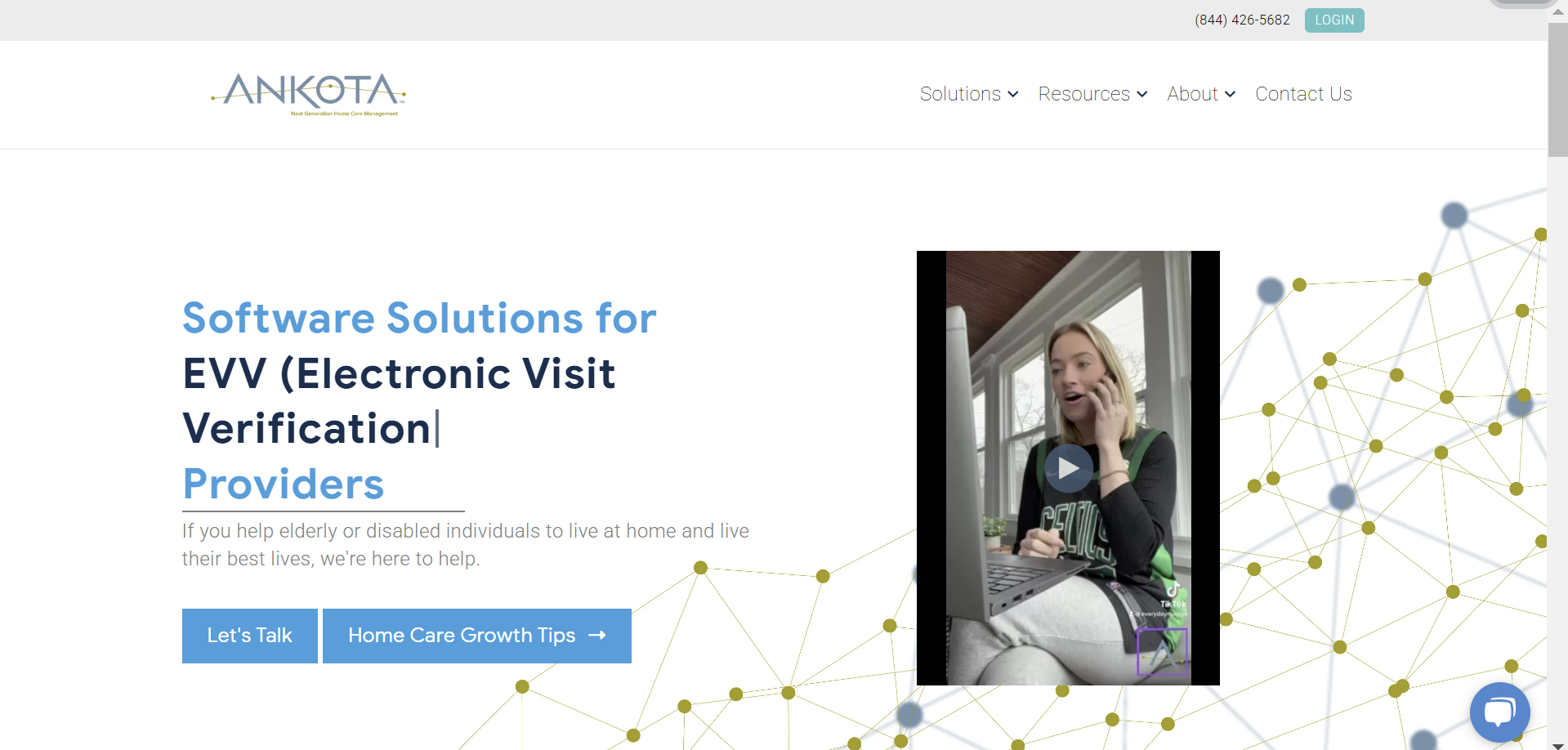Community Based Models Improve Care for Substance Abuse Population, while Lowering Costs to Health Systems and Payers.



Dr. Young is Ankota's Chief Medical Officer, and serves jointly as Assistant Professor of Medicine at the Welch Center for Prevention, Epidemiology, and Clinical Research, and Core Faculty of Johns Hopkins Bloomberg School of Public Health. In these roles, Dr. Young is involved in population health programs and community based initiatives that are aimed at decreasing readmissions and lowering the overall cost of care. The substance abuse population is very costly, and community based initiatives have
To learn more about how Ankota technology is used to Plan, Coordinate and Deliver care in population health and community based models, click here
A small proportion of patients accounts for a large proportion of health care costs.1-4 The prevalence of illicit drug use, prescription drug misuse, and alcohol abuse among these high cost patients is high and contributes to the poor control of their chronic illnesses. Therefore, the identification and treatment of these substance use disorders has the potential to significantly enhance the wellness of high cost, medically complex patients. Improved health outcomes may result in substantial cost savings as well.
The first step is to identify patients with these conditions. Since they have poorly controlled chronic illnesses, they often present to the emergency department and are often admitted to hospitals’ medical and trauma floors. Screening for substance use disorders in these settings is becoming standard-of-care for good reason. Not only is substance use a common underlying cause of their condition but the hospital admission represents an opportunity to engage and motivate patients to seek treatment for their substance use disorders.5

Once patients have been identified, the provision of a brief intervention for their substance use has been shown to be effective for several conditions in a variety of settings. For example, brief interventions targeting at-risk drinkers reduce subsequent emergency department visits.6 In addition, patients can be referred to more intensive outpatient substance abuse treatment settings at the time of the diagnosis in the emergency department or upon discharge from the hospital. Facilitating the patient’s transition to the new treatment site by engaging family and lower barriers such as transportation or literacy issues is important to maximize adherence.
Finally, successful graduates from substance use treatment programs benefit from periodic recovery check-ups.7-9 These continuing care programs range from weekly telephonic counseling contacts to quarterly in-home assessments. This process can also be applied to patients who have initially declined a higher intensity of care in order to maintain engagement and to provide continuing encouragement for indicated treatment. These programs have been shown to minimize relapse and to facilitate early referral to a higher level of care if relapse does occur. These programs also have the potential to achieve substantial cost savings due to decreased utilization of unplanned health services in including emergency department visits and in-patient admissions.

The approach to the care of patients with substance use disorders requires facilitated communication among acute care providers, primary care providers, and substance use treatment programs. In addition, on-going contacts with patients who are in recovery, or who have not yet decided to seek treatment, requires supportive IT functions including algorithm-based scheduling, decision support, and point-of-care documentation. This type of system is being implemented in innovative health systems and promises to have substantial impact on the health of these high cost patients.
1. Berk ML, Monheit AC. The concentration of health care expenditures, revisited. Health Aff.(Millwood.). 2001;20(2):9-18.
2. Anderson G, Knickman JR. Patterns of expenditures among high utilizers of medical care services. The experience of Medicare beneficiaries from 1974 to 1977. Medical care. 1984;22(2):143-149.
3. Zook CJ, Moore FD. High-cost users of medical care. The New England journal of medicine; The New England journal of medicine. 1980;302(18):996-1002.
4. Wray NP, DeBehnke RD, Ashton CM, Dunn JK. Characteristics of the recurrently hospitalized adult. An information synthesis. Medical care. 1988;26(11):1046-1056.
5. Pollini RA, O'Toole TP, Ford D, Bigelow G. Does this patient really want treatment? Factors associated with baseline and evolving readiness for change among hospitalized substance using adults interested in treatment. Addict.Behav. 2006;31(10):1904-1918.
6. Bray JW, Cowell AJ, Hinde JM. A systematic review and meta-analysis of health care utilization outcomes in alcohol screening and brief intervention trials. Med Care. 2011;49(3):287-294.
7. Dennis M, Scott CK. Managing addiction as a chronic condition. Addict.Sci.Clin.Pract. 2007;4(1):45-55.
8. Scott CK, Dennis ML. Results from two randomized clinical trials evaluating the impact of quarterly recovery management checkups with adult chronic substance users. Addiction. 2009;104(6):959-971.
9. McKay JR, Lynch KG, Shepard DS, Pettinati HM. The effectiveness of telephone-based continuing care for alcohol and cocaine dependence: 24-month outcomes. Arch.Gen.Psychiatry. 2005;62(2):199-207.

.png)
.png)


.png)







.jpg?width=2379&height=2001&name=701badff87a135725d5086a77df6ab1fe2cbf566%20(1).jpg)
.png?width=626&height=511&name=0ec654dbe587ebf0ccd3b62c22155a6dc1e7553c%20(1).png)


